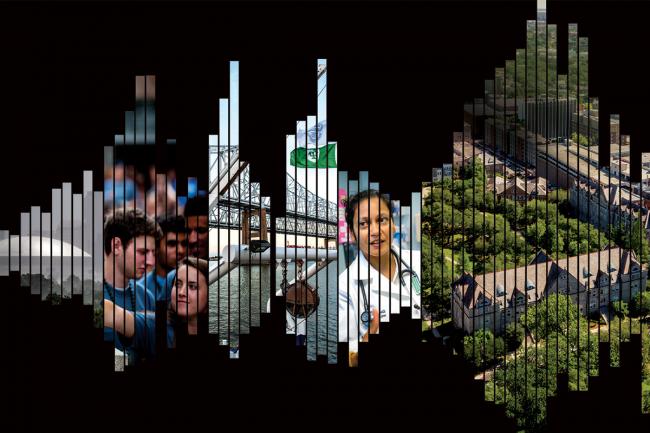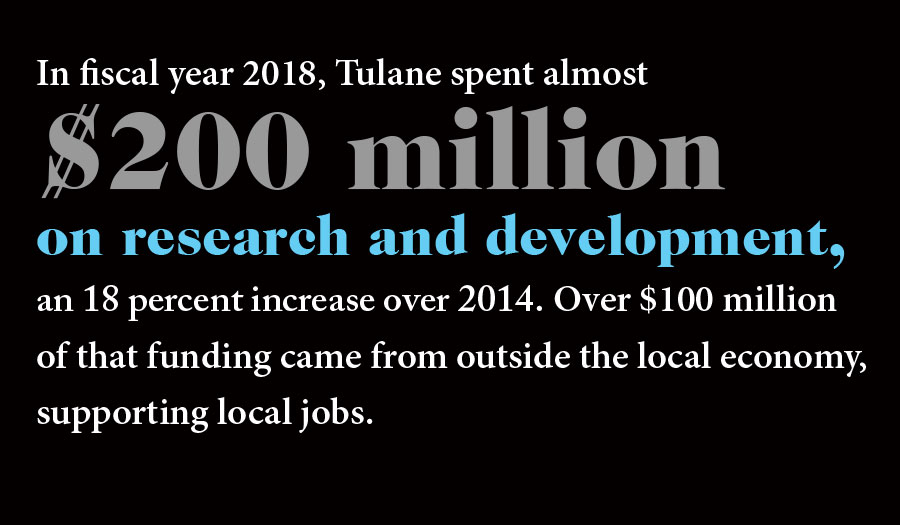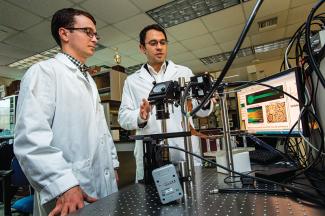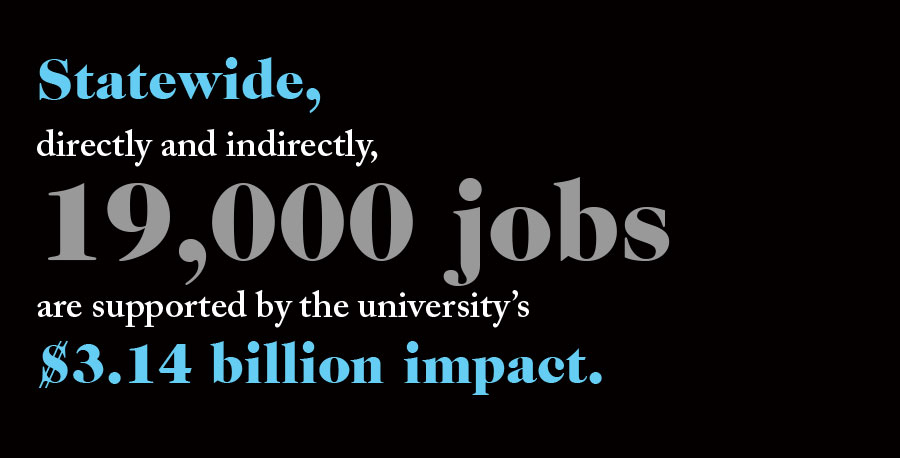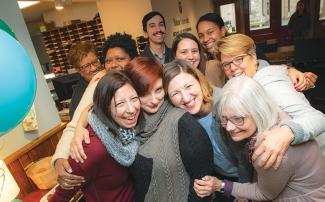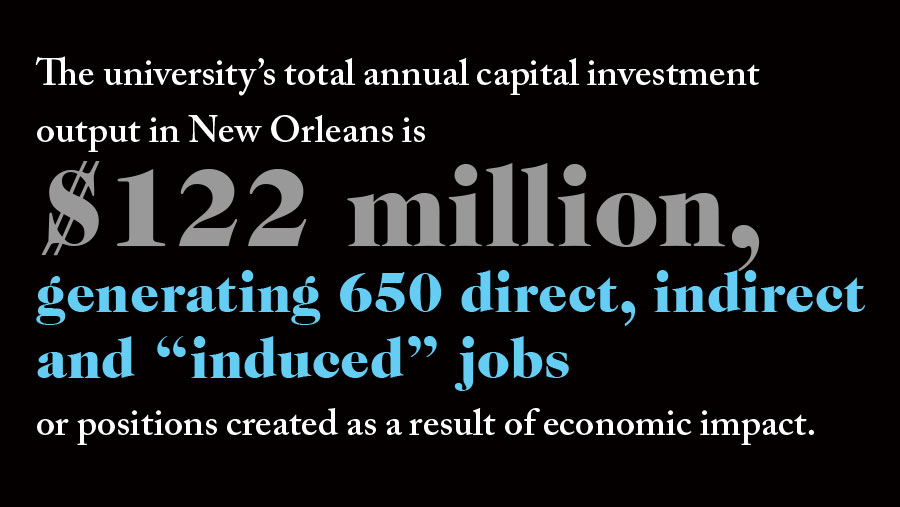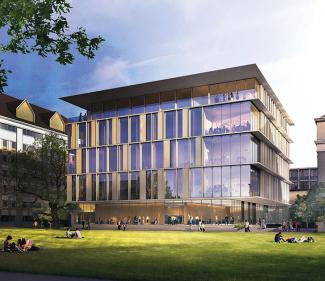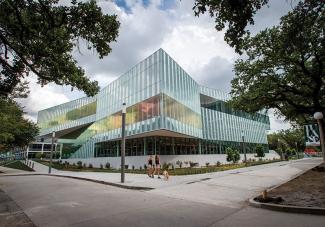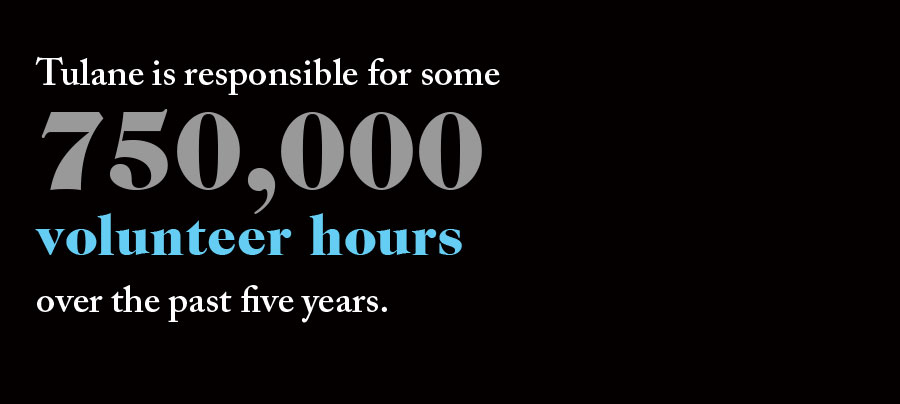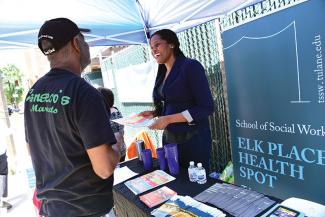The university considers quality of life both on and around the campuses. Neighborhood safety, both uptown and downtown, benefits from Tulane Police Department patrols; last November the department opened a new headquarters downtown near the School of Medicine.
Likewise, the new residential community, which will be built on the former site of Bruff Commons and will feature 800 beds, has the potential to bring in students who would otherwise live off-campus.
“We are incredibly excited about the work we are doing to design a new residential community on the uptown campus. Not only will we be increasing the number of students that we house on campus, but this new community will provide spaces for students to engage with one another, faculty and staff in a number of different ways,” said Tim Lempfert, director of the Tulane Department of Housing and Residence Life. “When complete, the building will include small meeting rooms, seminar rooms, social lounges, kitchenettes and a large, amazing area for gathering, socializing and collaboration. We expect that this project will not only benefit the students living there, but will enhance the overall experience for all students on campus.”
ON THE RISE
In 2018–19, the university realized its most successful fundraising effort to date, with 73% of the gifts originating in states other than Louisiana. U.S. News and World Report ranked Tulane No. 40 among the country’s top national universities in the latest edition of its Best Colleges rankings. And, Princeton Review named Tulane the No. 1 school in the country for public service.
Tulane’s status as an economic engine, a force for good — and its mission to serve the community — resonate throughout its campuses and create ripple effects felt far beyond.
For more information, visit:
president.tulane.edu/impact


